Peter Marino channels Mapplethorpe’s trinity of sex, flowers and nudes
Architect Peter Marino channels photographer Robert Mapplethorpe's trinity of sex, flowers and nudes at Gallerie Thaddaeus Ropac in Paris
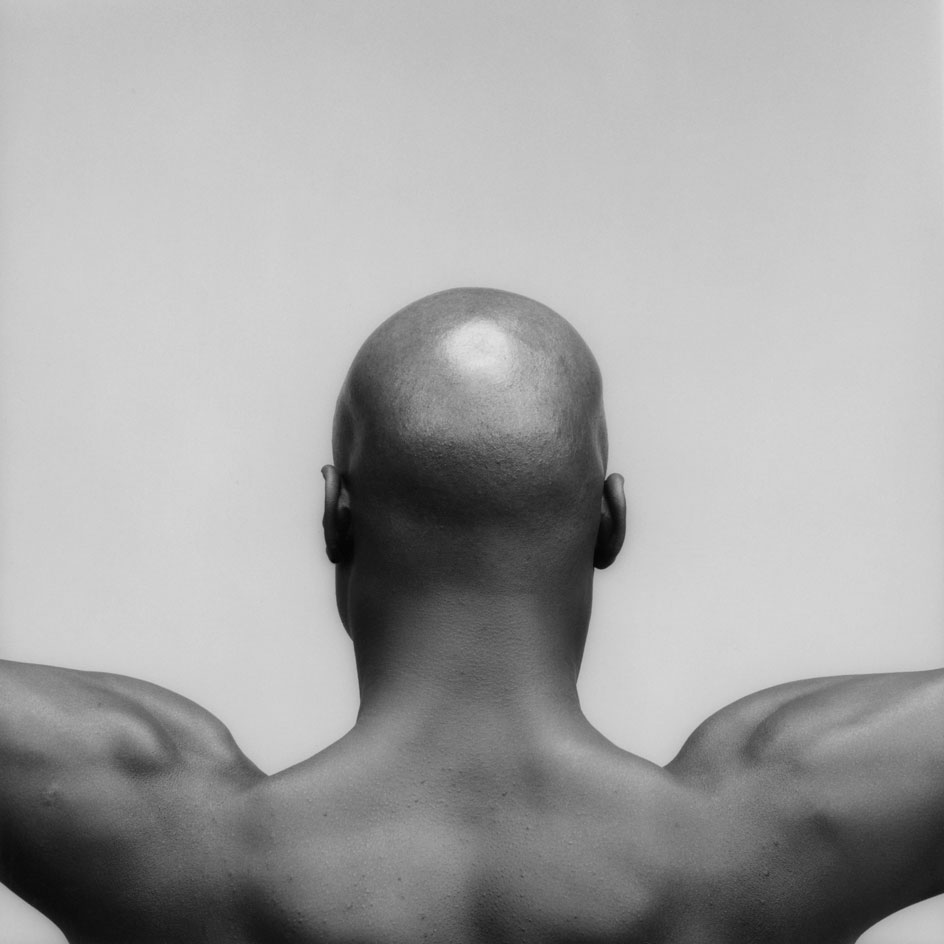
Every new show on Robert Mapplethorpe – and often, there are many running simultaneously – presents an opportunity to view his provocative work through a different interpretative lens. With Peter Marino as curator of 'XYZ', a Mapplethorpe exhibition at the Galerie Thaddaeus Ropac in Paris, the statement is as much about space as subject matter. Or, as he tells Wallpaper*, ‘I’m hoping to achieve something, if I may say, that appears a little more focused than what has been shown before.’
Most notably, the internationally renowned architect has impeded entry to the main gallery with a black wall featuring a trio of images that correspond to the themes of Mapplethorpe’s well-known X, Y, and Z portfolios (X for sex, Y for floral still lifes, Z for nudes). Visitors are forced to first confront this grouping – Marino’s so-called ‘table of contents’ – before turning one corner or the other to arrive into a darkened, temple-like space. It's a seemingly sacred backdrop for images that, at their most erotic extreme, might qualify as profane. Each of the three walls features an arrangement of 18 photos relating to the themes, but not, as Marino makes clear, a selection lifted directly from the portfolios. (Several have come from the permanent collections of the Guggenheim Museum, The Getty Museum and LACMA; Thaddaeus Ropac has represented the artist’s work since 2000).
This staging, says Marino, circumvents the feeling of 'walking into a void.' As revelatory as this sounds, given that it goes against most gallery architecture, it wasn’t his only reason. ‘I also don’t like, what I call, making value judgments. If, for a viewer, you walk directly into that wall, you are automatically saying, "Ah, that is my most important thing." And on purpose, I said, no, all three are equally important.’ Thus, the sadomasochism, sexuality charged flora and sculpted male nudity exist both independently of each other, and as a harmonised whole (one, that should be noted, is not suitable for children).
Finally, on the fourth wall (the reverse of the one installed for the show) is a single image of the photographer’s eyes, as if he has been watching everyone all along. In the outer gallery, meanwhile, is a series of 17 Polaroid images divided between explicitly sexual and intriguingly, experimentally abstract – the two sides of Mapplethorpe that Marino believes are 'never adequately explained'. In his mind, what they lack in aesthetic value, they make up for in establishing the artist’s early motivations.
If by this point, Marino comes off sounding a Mapplethorpe expert, that’s because he has been a collector for decades (he says they met briefly at Andy Warhol’s Factory but were never friends). In fact, his collection is so substantial that it will be traveling to Tokyo, followed by Osaka, for its own exhibition in 2017.
While Mapplethorpe isn’t known for obvious architectural themes – building facades, say – his style was unequivocally architectural. In fact, Marino began his personal collection with a tulip image because he was drawn to the shadow play from a mullioned window. ‘I always thought he had a very architectural eye,’ he says, adding how he arrived at the show's final edit by selecting examples in which Mapplethorpe worked both with and against ‘centrality’.
Asked what this reading of Mapplethorpe might reveal about him, Peter Marino, the architect laughs, pauses and replies, ‘I’m at a stage in life where I can afford to be brutally honest. I mean it’s liberating; it’s free; it’s great.’

Jason, by Robert Mapplethorpe, 1983. Marino has plucked works from Mapplethorpe’s well-known X (sex), Y (floral still lifes), and Z (nudes) portfolios. Courtesy of Galerie Thaddaeus Ropac and The Robert Mapplethorpe Foundation
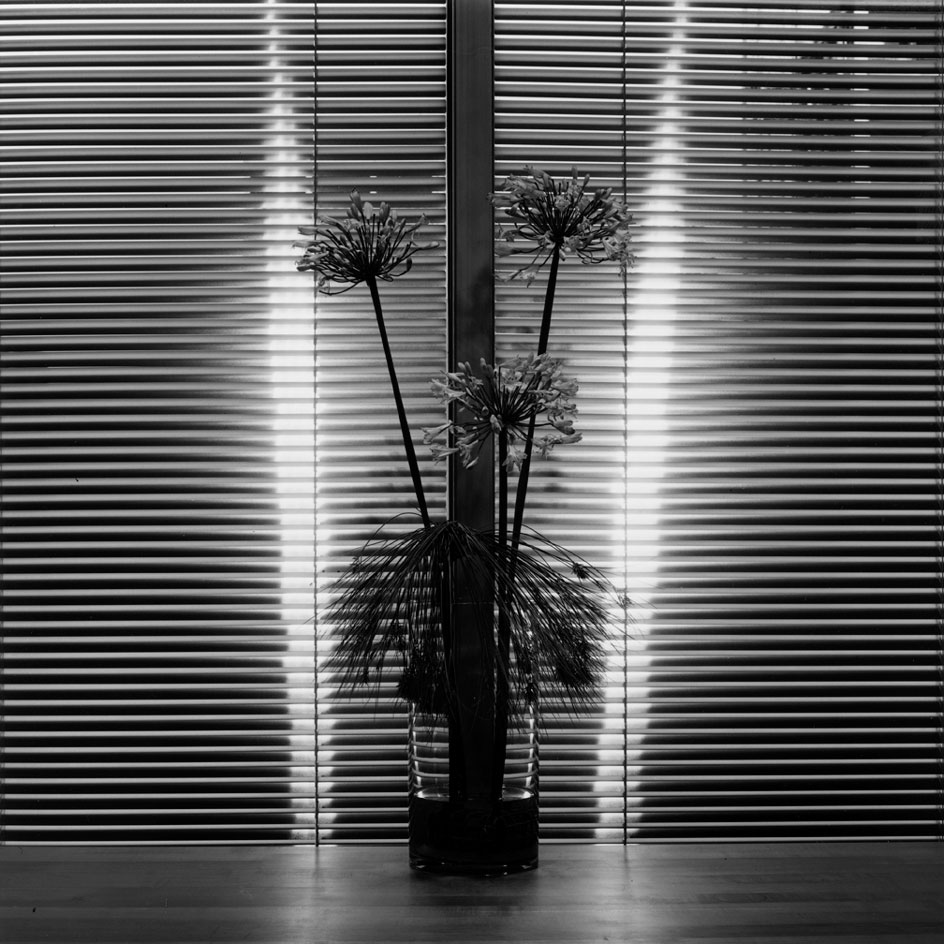
Flower, by Robert Mapplethorpe, 1980. Courtesy of the Los Angeles County Museum of Art and The Getty Research Institute Collection
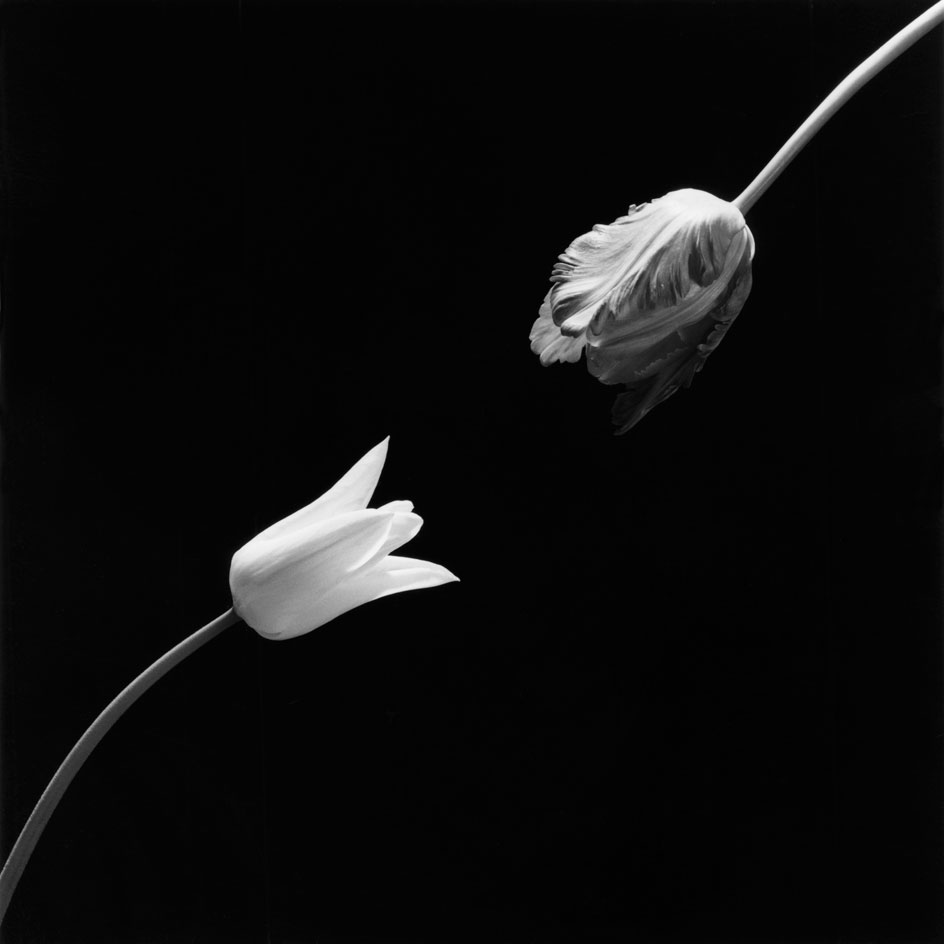
Tulip, by Robert Mapplethorpe, 1984. Courtesy of the Los Angeles County Museum of Art and The Getty Research Institute Collection
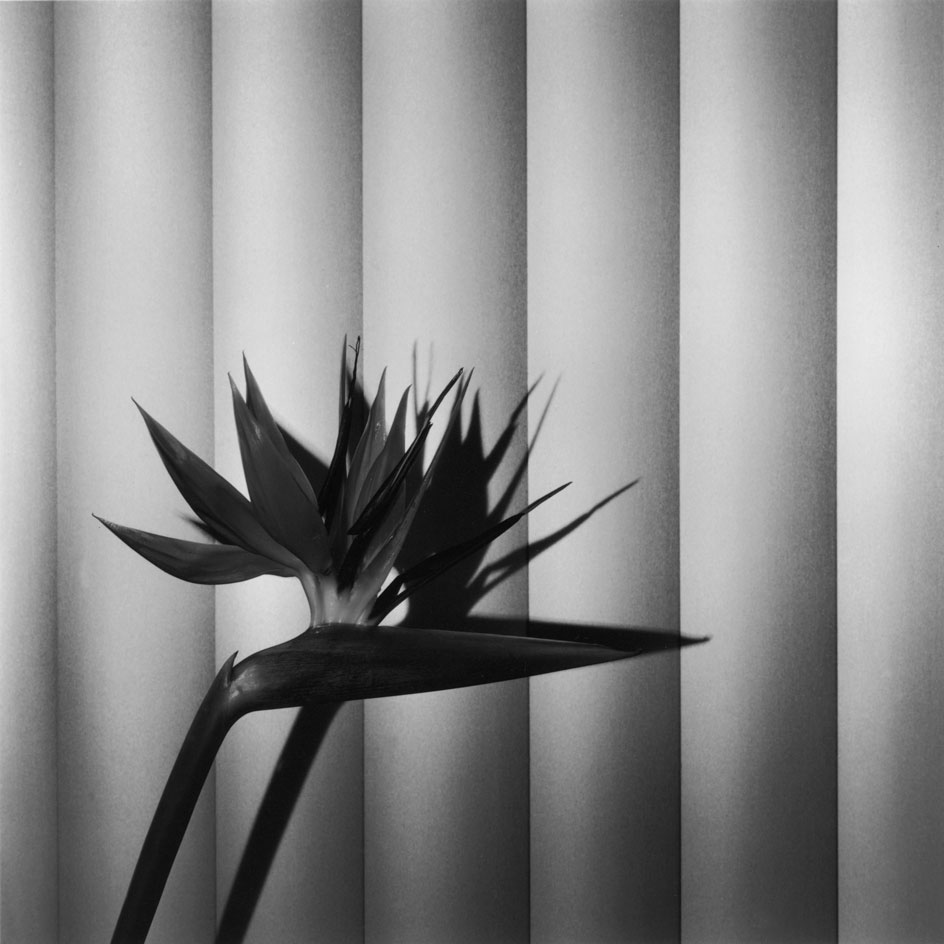
Bird of Paradise, by Robert Mapplethorpe, 1981. Courtesy of Galerie Thaddaeus Ropac and The Robert Mapplethorpe Foundation
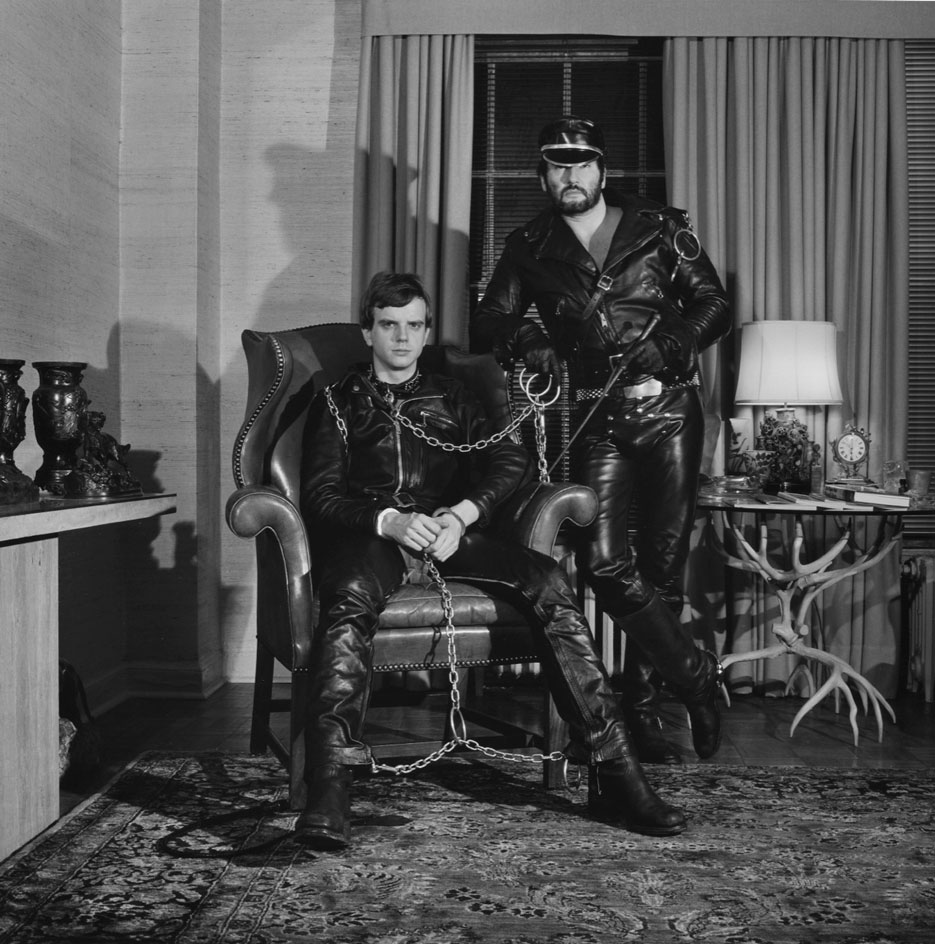
Jim Sausalito, by Robert Mapplethorpe, 1977. Courtesy of Galerie Thaddaeus Ropac and The Robert Mapplethorpe Foundation
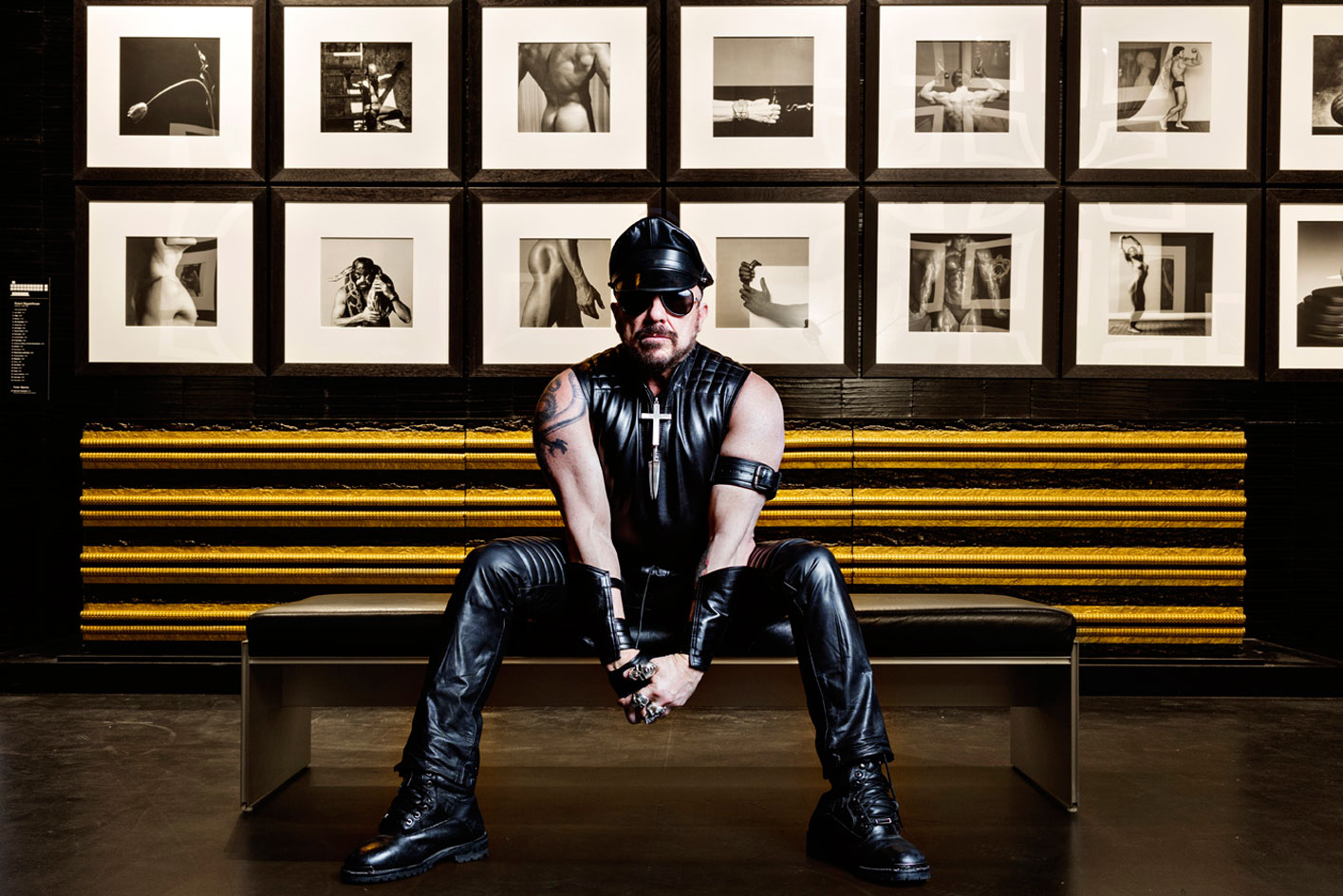
Marino (pictured) has been a Mapplethorpe collector for decades, having met him briefly at Andy Warhol’s Factory. Photography: Manolo Yllera. Courtesy of the artist
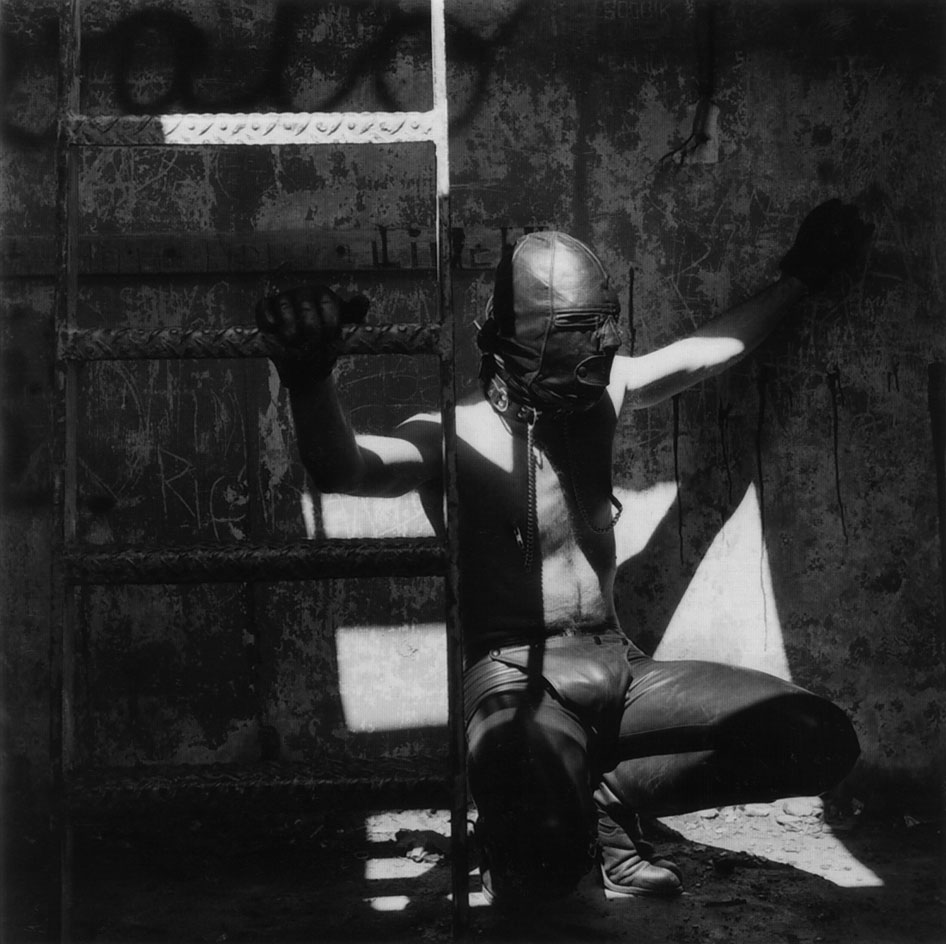
Jim Sausalito, by Robert Mapplethorpe, 1977. Courtesy of Galerie Thaddaeus Ropac and The Robert Mapplethorpe Foundation
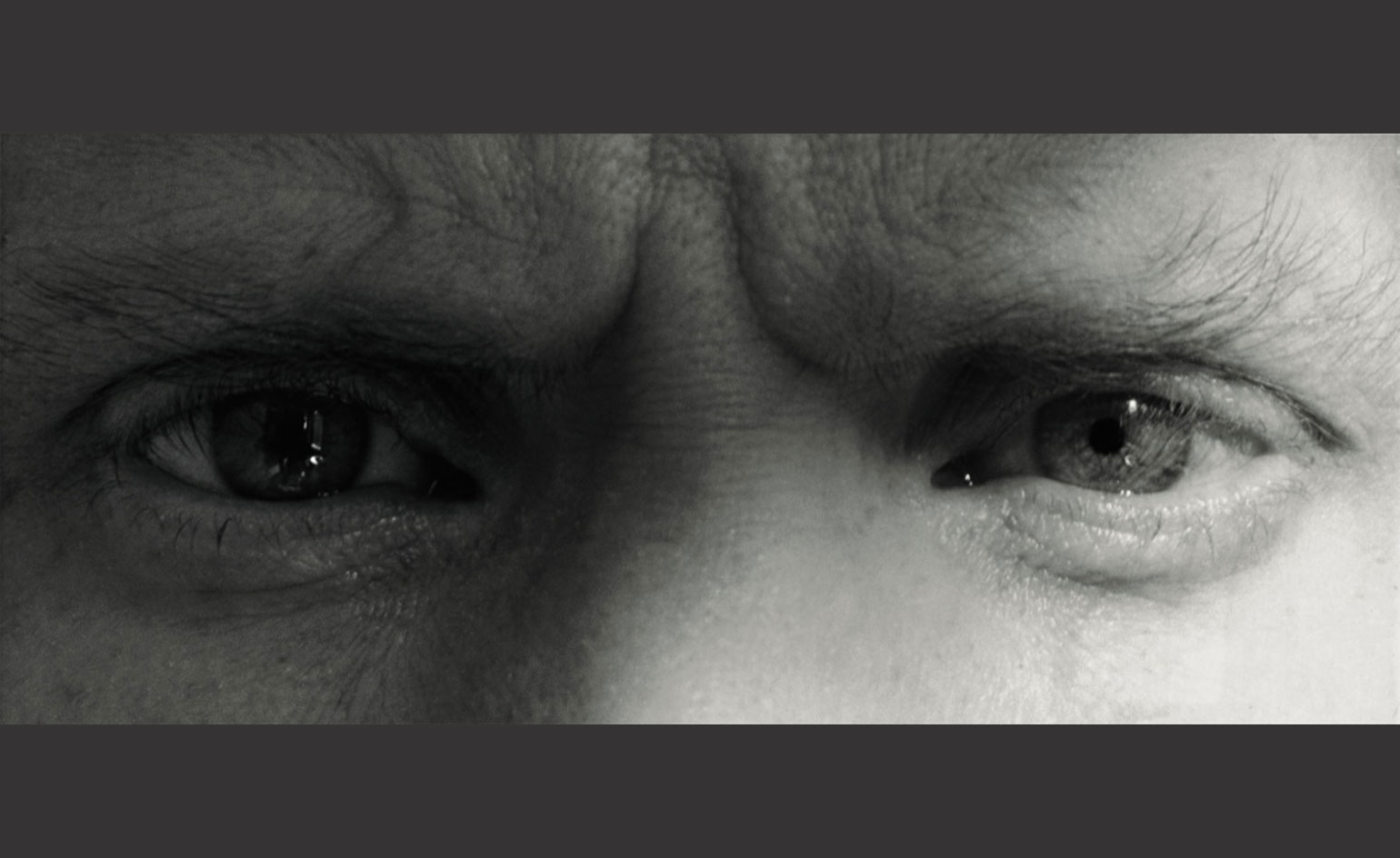
The fourth wall features a 1988 self-portrait of the photographer’s eyes, as if he has been watching everyone all along. Courtesy of Galerie Thaddaeus Ropac and The Robert Mapplethorpe Foundation
INFORMATION
'XYZ curated by Peter Marino' runs until 5 March. For more information, visit the Galerie Thaddaeus Ropac website
Photography: Courtesy of Galerie Thaddaeus Ropac and The Robert Mapplethorpe Foundation
ADDRESS
Galerie Thaddaeus Ropac
7 Rue Debellyme
Paris
Wallpaper* Newsletter
Receive our daily digest of inspiration, escapism and design stories from around the world direct to your inbox.
-
 Sotheby’s is auctioning a rare Frank Lloyd Wright lamp – and it could fetch $5 million
Sotheby’s is auctioning a rare Frank Lloyd Wright lamp – and it could fetch $5 millionThe architect's ‘Double-Pedestal’ lamp, which was designed for the Dana House in 1903, is hitting the auction block 13 May at Sotheby's.
By Anna Solomon
-
 Naoto Fukasawa sparks children’s imaginations with play sculptures
Naoto Fukasawa sparks children’s imaginations with play sculpturesThe Japanese designer creates an intuitive series of bold play sculptures, designed to spark children’s desire to play without thinking
By Danielle Demetriou
-
 Japan in Milan! See the highlights of Japanese design at Milan Design Week 2025
Japan in Milan! See the highlights of Japanese design at Milan Design Week 2025At Milan Design Week 2025 Japanese craftsmanship was a front runner with an array of projects in the spotlight. Here are some of our highlights
By Danielle Demetriou
-
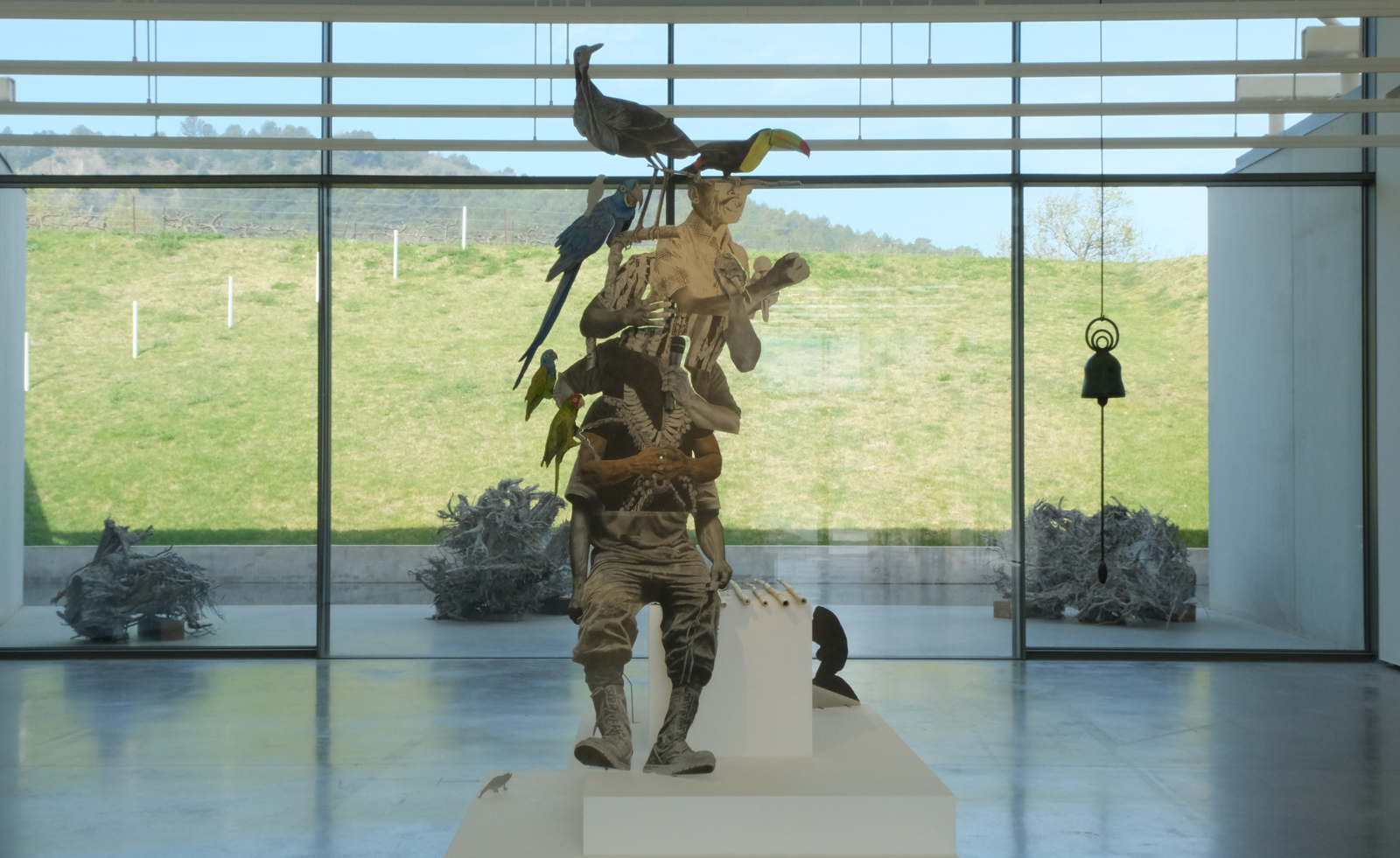 Contemporary artist collective Poush takes over Château La Coste
Contemporary artist collective Poush takes over Château La CosteMembers of Poush have created 160 works, set in and around the grounds of Château La Coste – the art, architecture and wine estate in Provence
By Amy Serafin
-
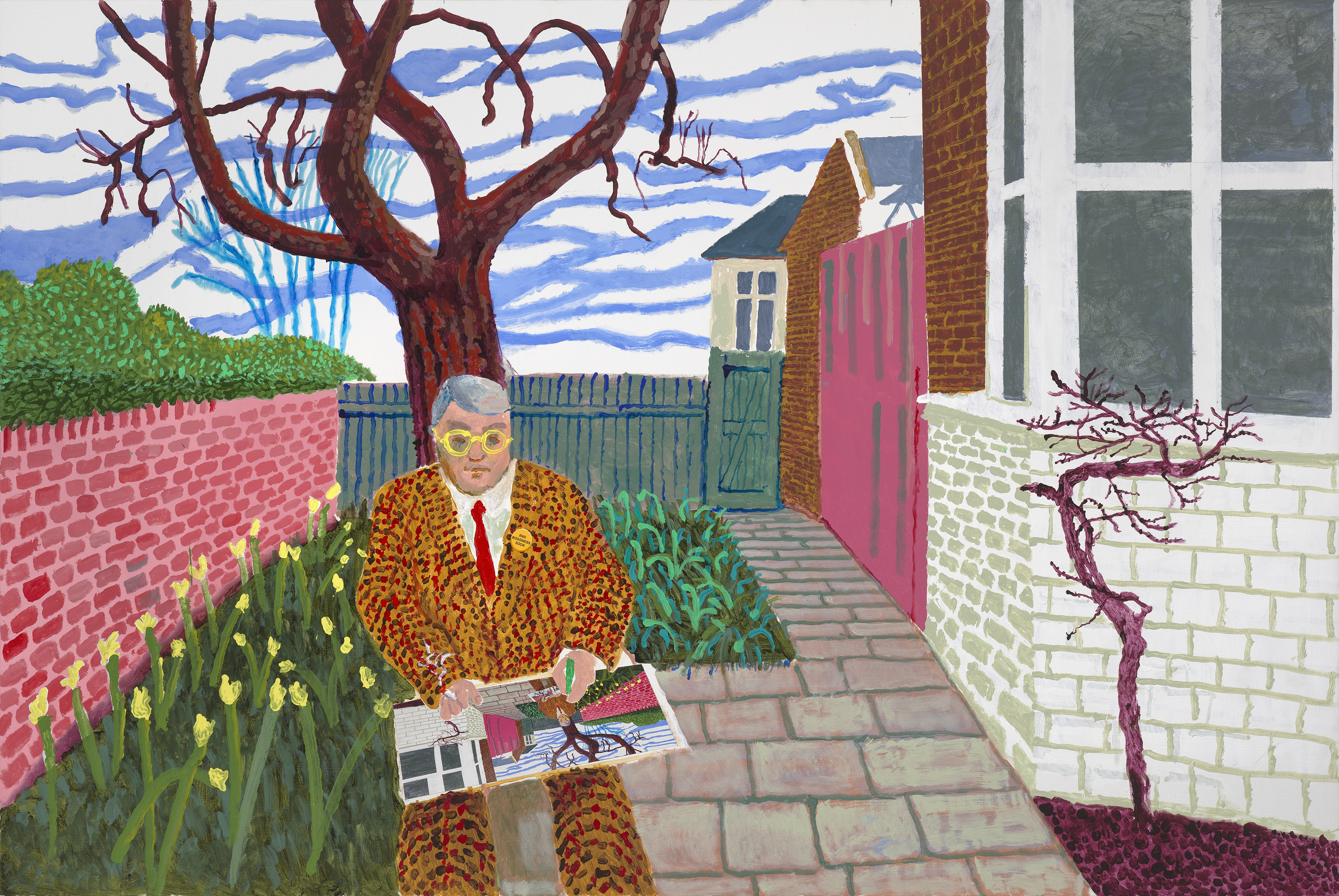 ‘David Hockney 25’: inside the artist’s blockbuster Paris show
‘David Hockney 25’: inside the artist’s blockbuster Paris show‘David Hockney 25’ has opened at Fondation Louis Vuitton in Paris. Wallpaper’s Hannah Silver took a tour of the colossal, colourful show
By Hannah Silver
-
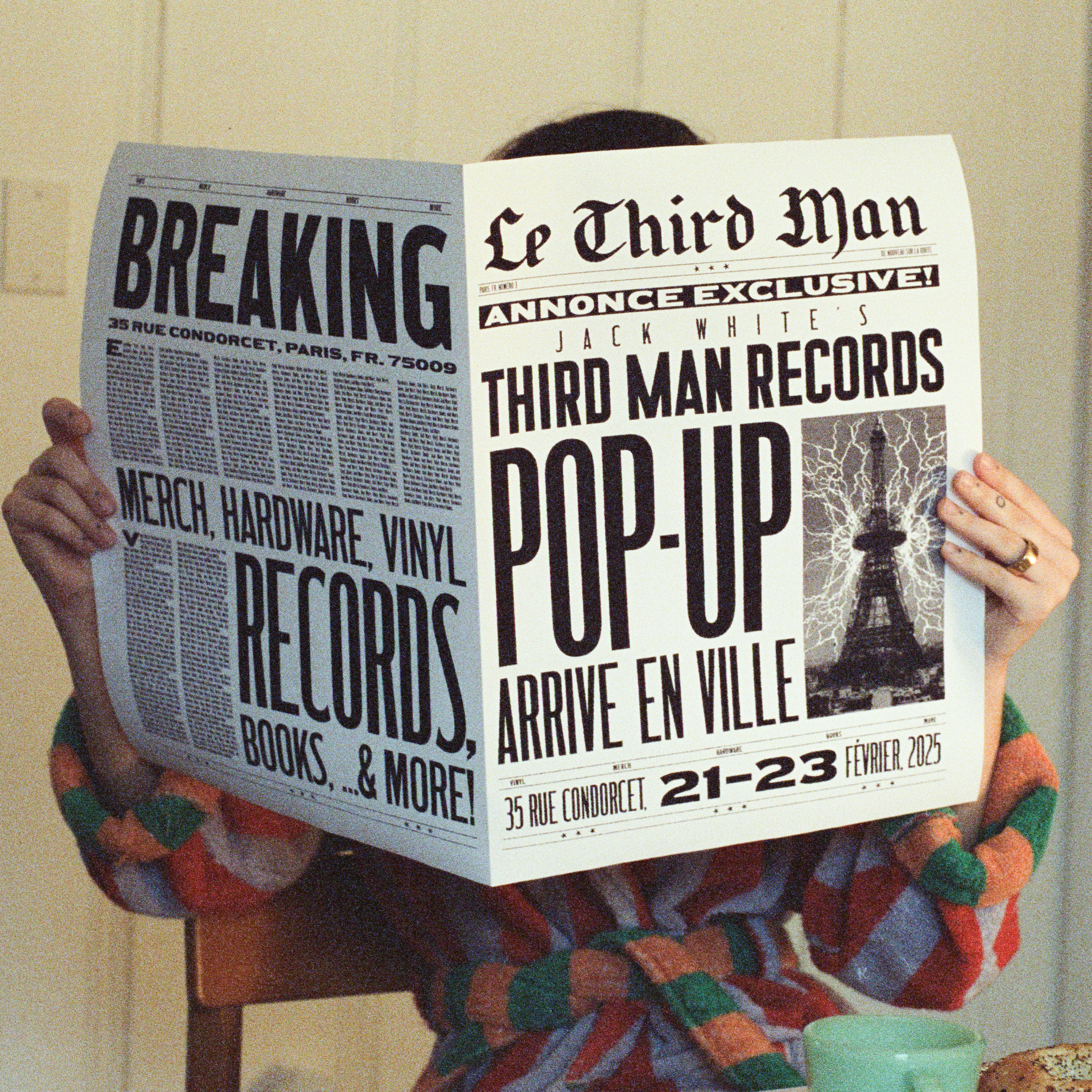 Jack White's Third Man Records opens a Paris pop-up
Jack White's Third Man Records opens a Paris pop-upJack White's immaculately-branded record store will set up shop in the 9th arrondissement this weekend
By Charlotte Gunn
-
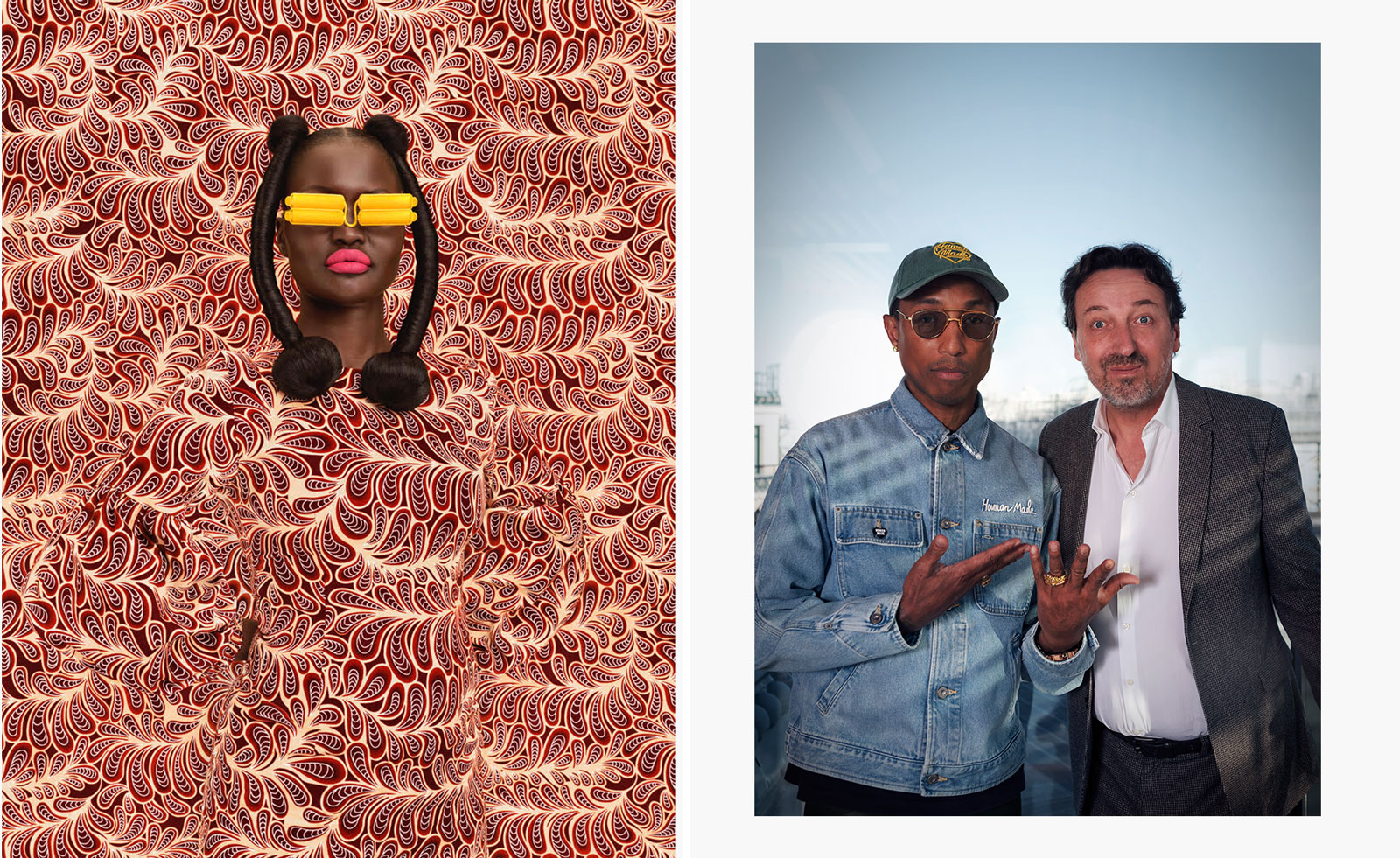 ‘The Black woman endures a gravity unlike any other’: Pharrell Williams explores diverse interpretations of femininity in Paris
‘The Black woman endures a gravity unlike any other’: Pharrell Williams explores diverse interpretations of femininity in ParisPharrell Williams returns to Perrotin gallery in Paris with a new group show which serves as an homage to Black women
By Amy Serafin
-
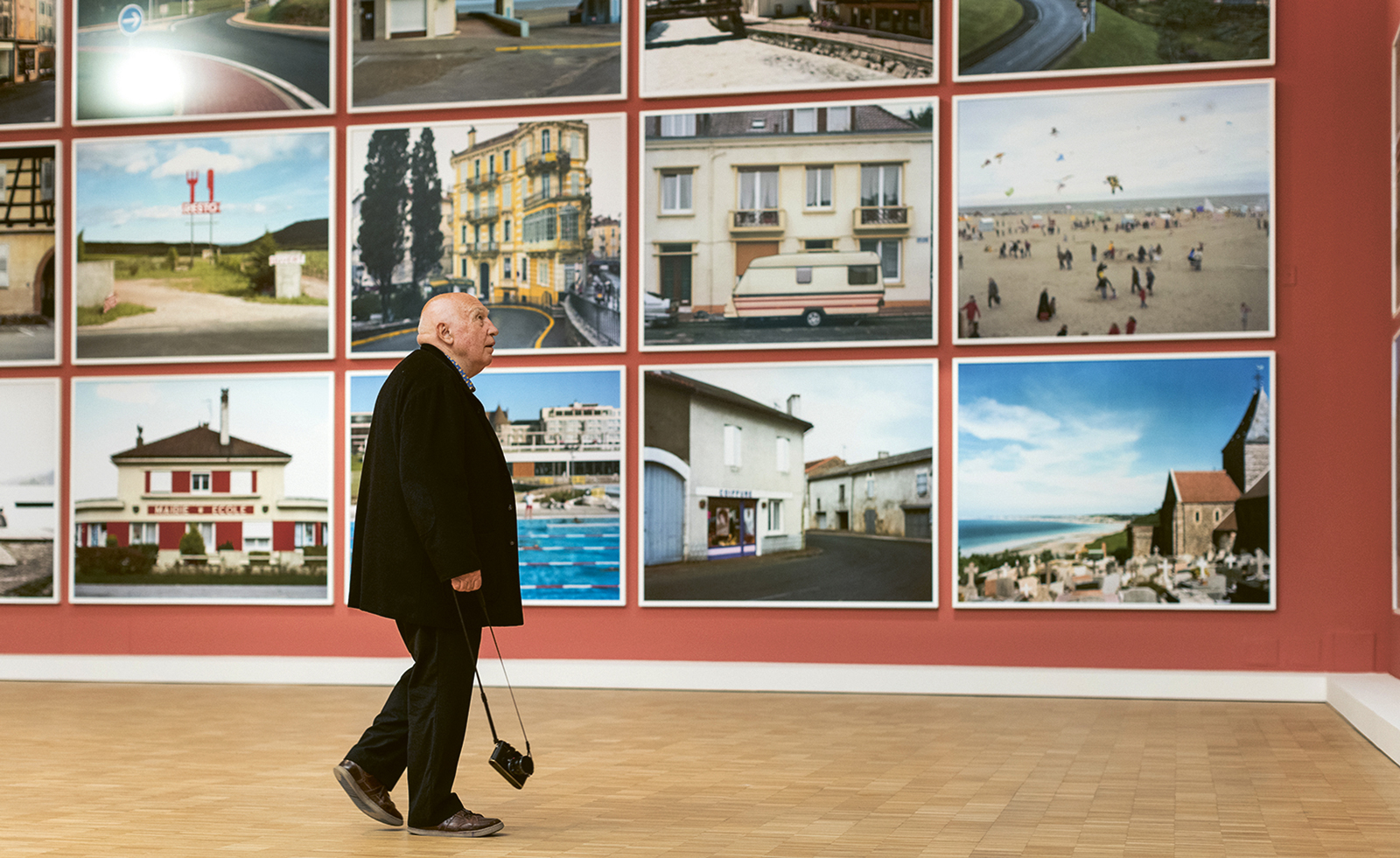 What makes fashion and art such good bedfellows?
What makes fashion and art such good bedfellows?There has always been a symbiosis between fashion and the art world. Here, we look at what makes the relationship such a successful one
By Amah-Rose Abrams
-
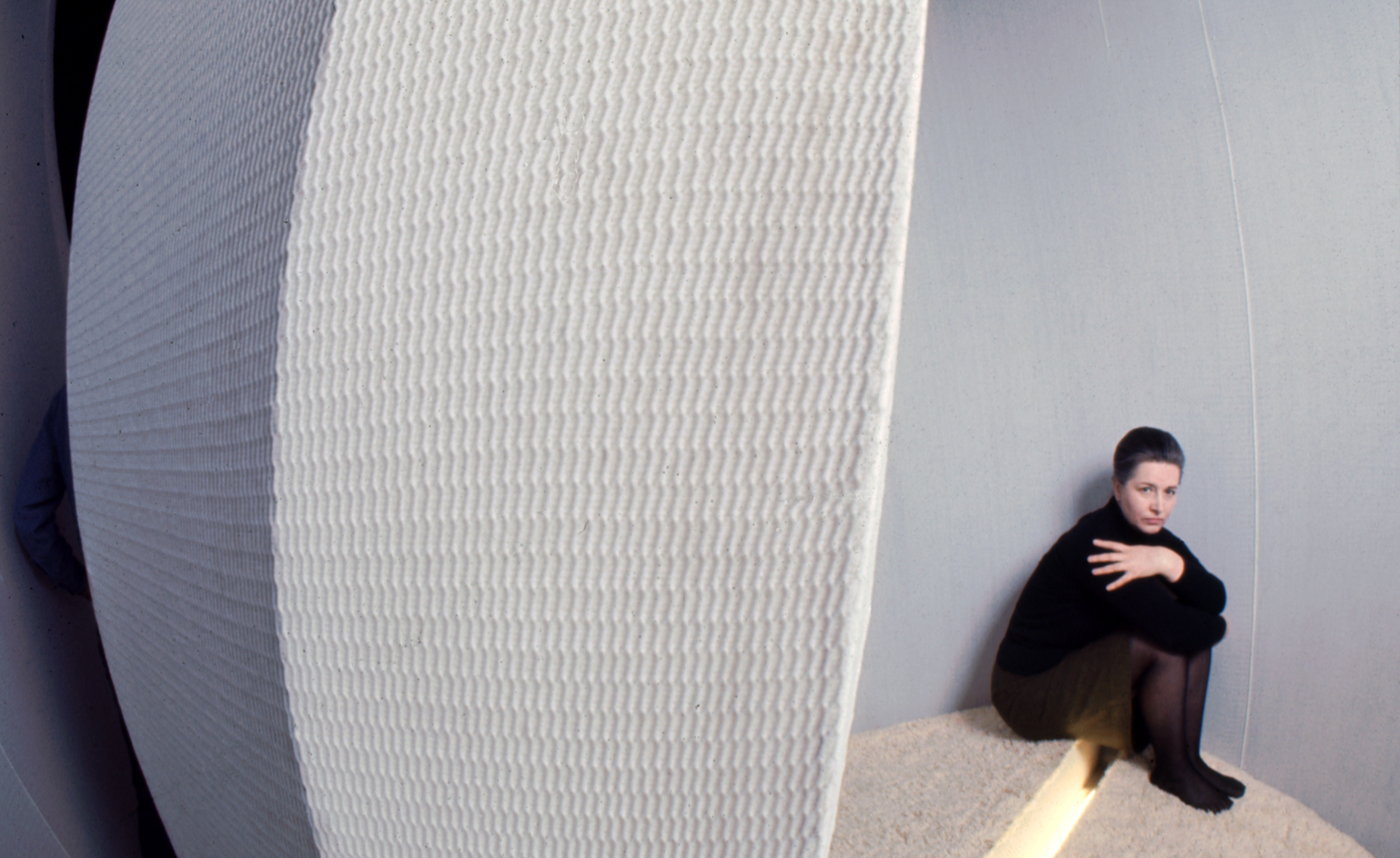 Architecture, sculpture and materials: female Lithuanian artists are celebrated in Nîmes
Architecture, sculpture and materials: female Lithuanian artists are celebrated in NîmesThe Carré d'Art in Nîmes, France, spotlights the work of Aleksandra Kasuba and Marija Olšauskaitė, as part of a nationwide celebration of Lithuanian culture
By Will Jennings
-
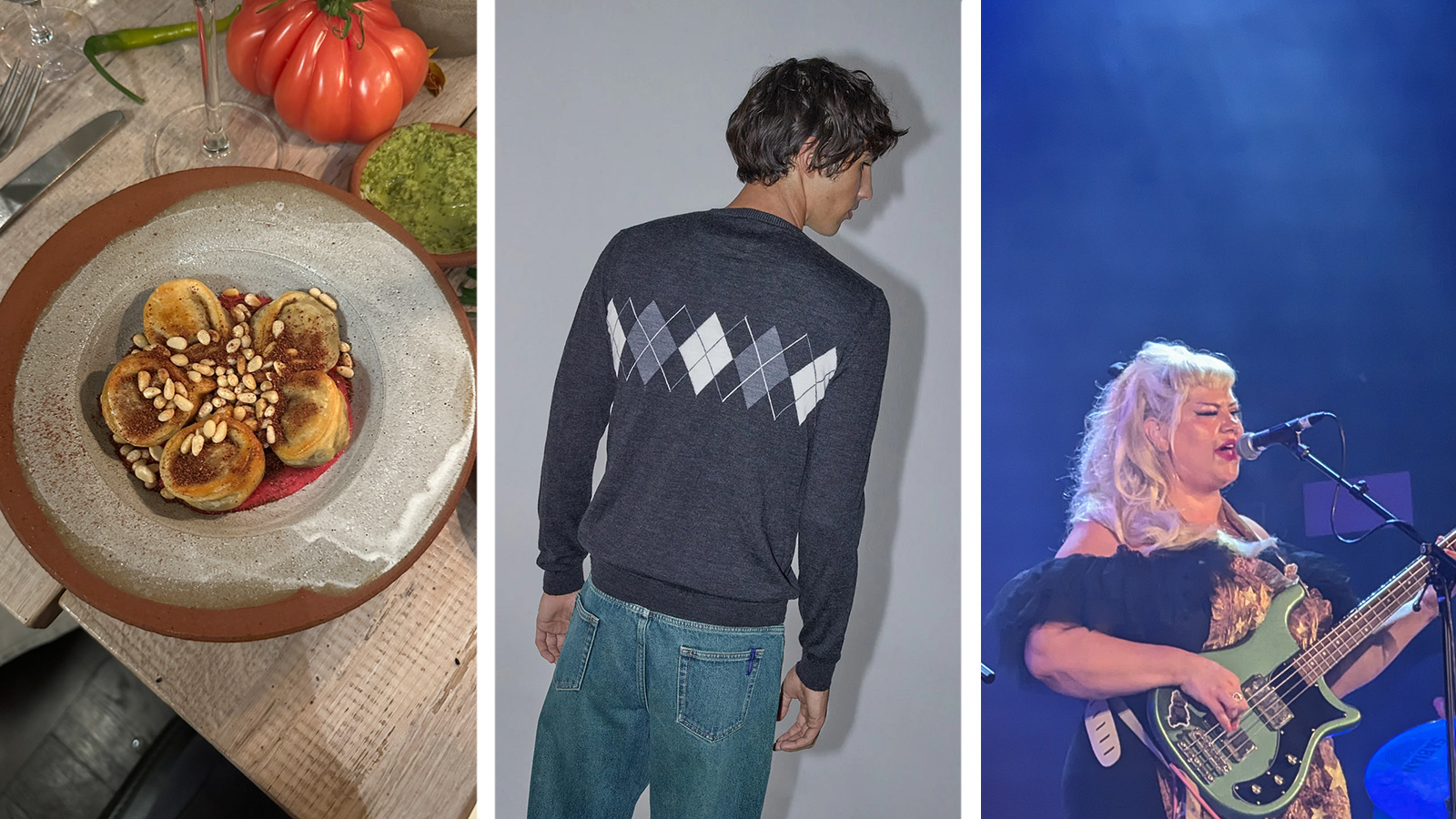 Out of office: what the Wallpaper* editors have been doing this week
Out of office: what the Wallpaper* editors have been doing this weekInvesting in quality knitwear, scouting a very special pair of earrings and dining with strangers are just some of the things keeping the Wallpaper* team occupied this week
By Bill Prince
-
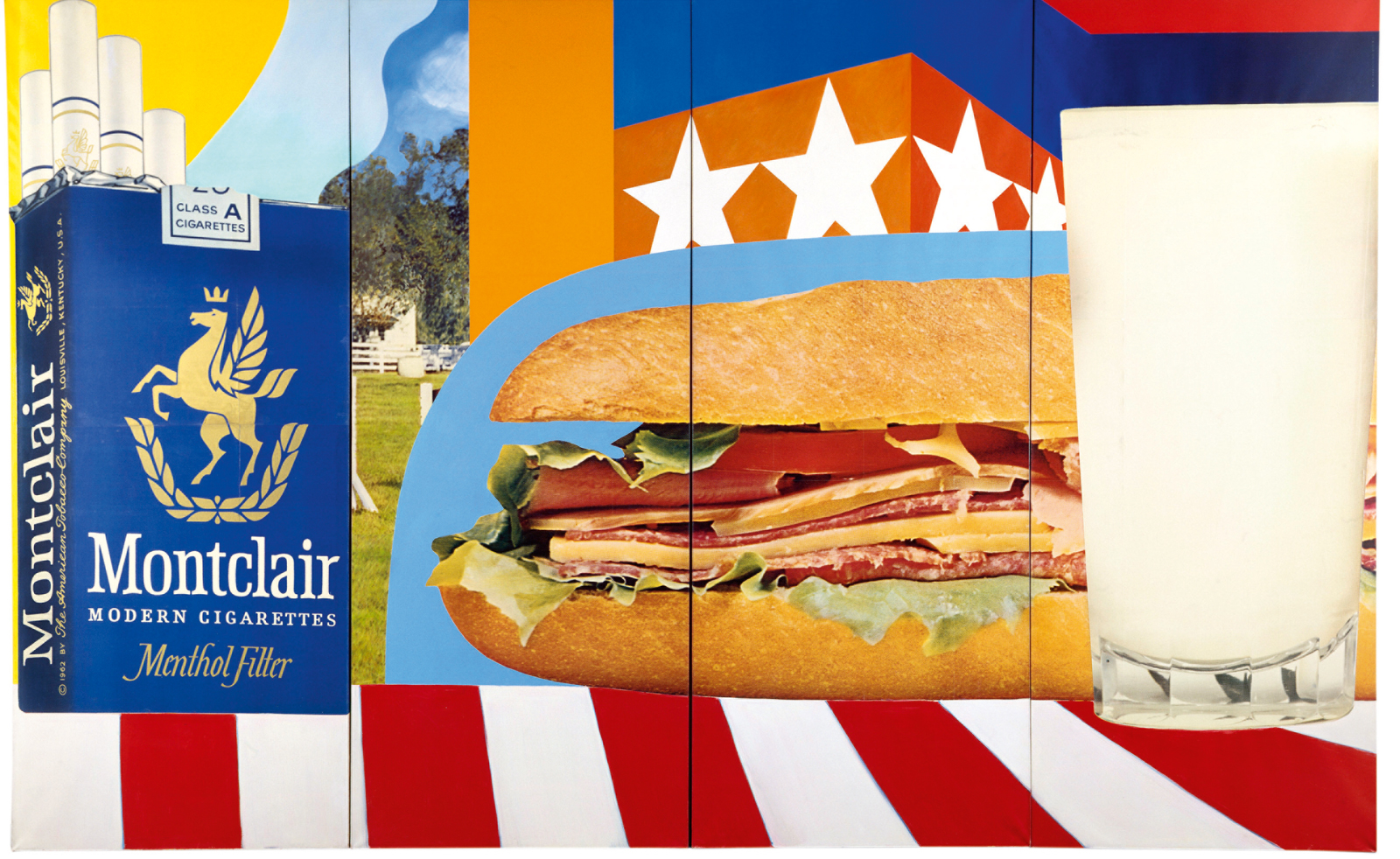 Tom Wesselmann’s enduring influence on pop art goes under the spotlight in Paris
Tom Wesselmann’s enduring influence on pop art goes under the spotlight in Paris‘Pop Forever, Tom Wesselmann &...’ is on view at Fondation Louis Vuitton in Paris until 24 February 2025
By Ann Binlot